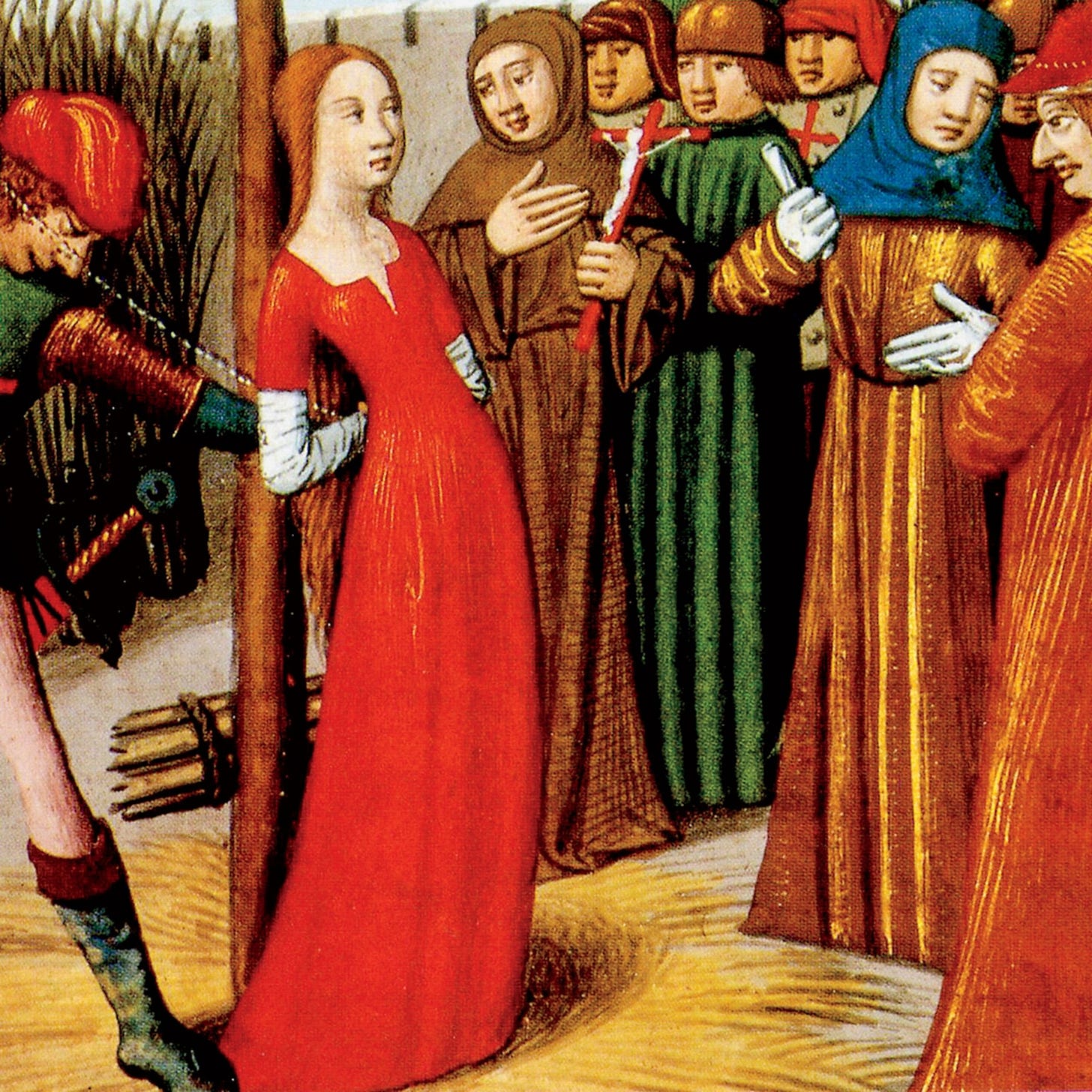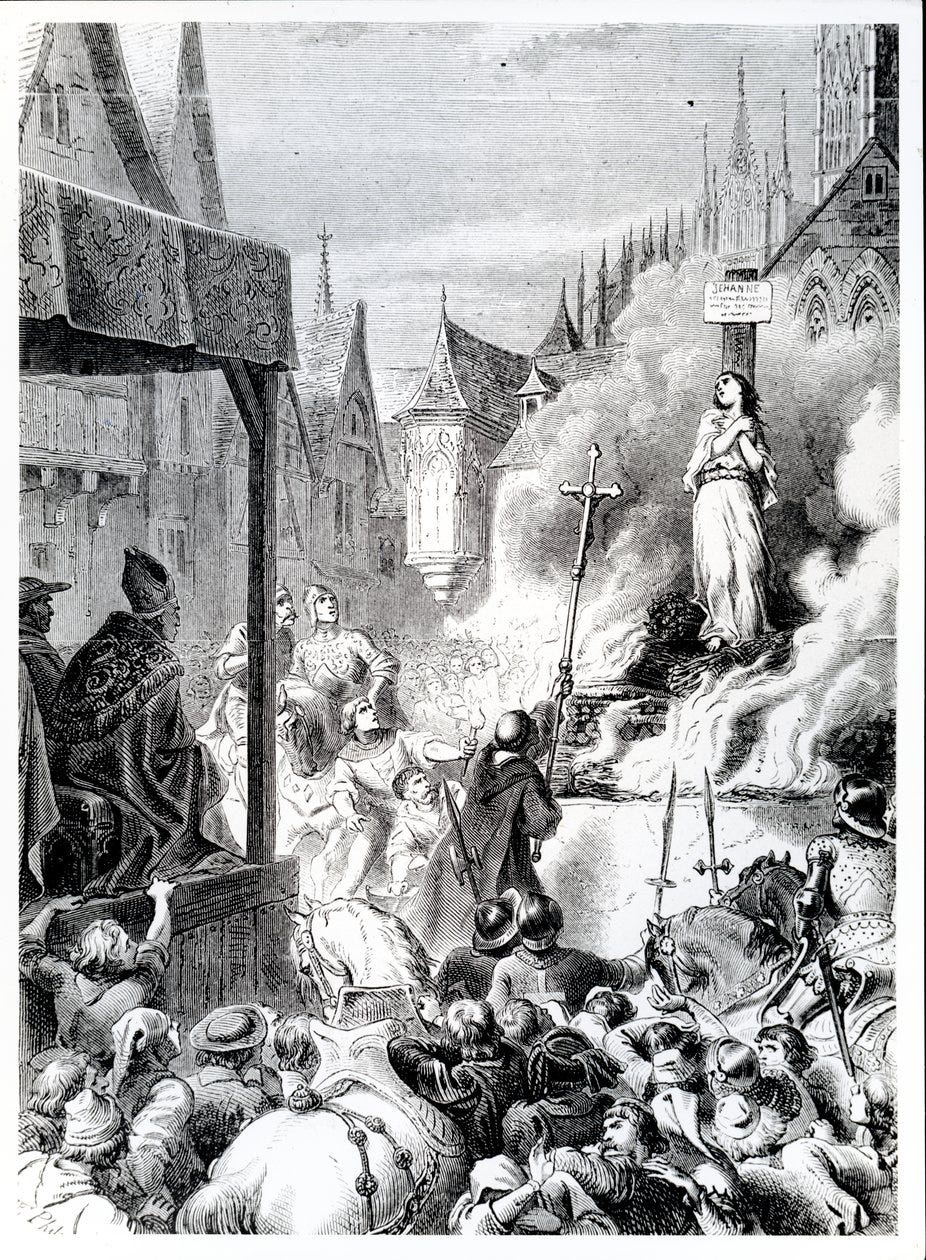Welcome back to the Fascinator’s exclusive series on royal scapegoats! Typically, this series examines the lives of women who have been the subjects of blatantly biased treatment throughout history. Now, we’re adding a twist in honor of spooky season. I’ll be bringing you some special installments over the next few weeks, examining the lives of royal women who have been accused of witchcraft.
The weaponization of witchcraft against royal women seems to be a constant throughout history, and it stems from a heady mix of political motivations, power struggles, and good old-fashioned misogyny. Wherever royal women have held significant influence through marriages, alliances, or family ties, they have become targets in political struggles. Accusing these women of witchcraft was a convenient way to discredit them and remove a powerful rival in the process.
Many (but not all) of these stories come to us from the Middle Ages, a time when religion and superstition were intertwined. Anything out of the ordinary could and would be attributed to supernatural forces. Royal women, by virtue of their position in society, were surrounded by intrigue. As we’ve seen in this series, when events like unexplained deaths, illnesses, or political failures occurred, women were often scapegoated as the cause.
And, of course, misogyny plays a major role in these accusations. Without sexism, this series wouldn’t exist! Throughout history, strong-willed, intelligent, independent, or even just well-placed women in general have often been viewed with suspicion. Accusing any woman of witchcraft taps into larger cultural fears of female power, autonomy, and sexuality.
Notably, we see heightened rates of royal women being accused of witchcraft during times of crisis, such as during the Wars of the Roses and the Protestant Reformation. Sadly, these accusations were rarely about actual belief in witchcraft, but were rather a canny way to remove women from the complex power structures of their time.
Think of Joan of Arc, a young woman adjacent to royalty who remains possibly the most famous victim to be burnt at the stake for witchcraft and heresy. Joan was not killed because men were legitimately afraid she had bewitched anyone; rather, she was a victim of politics. Witchcraft was simply a convenient way for her rivals (both foreign and domestic) to deal with her.
If you’d like to hear more about Joan of Arc, I did a podcast episode all about her for Art of History back in 2021!
But with that, let’s examine our first royal witch: Jacquetta of Luxembourg.
Descended from Charlemagne, Jacquetta of Luxembourg sparked a medieval royal scandal when she secretly married Sir Richard Woodville, one of King Henry VI’s knights. Woodville had been tasked by the king with bringing Jacquetta to England after the death of her first husband, the Duke of Bedford (who also happened to be King Henry’s son).
Listen, this is the Wars of the Roses, so don’t expect the family ties to get any easier to follow from here on out.







